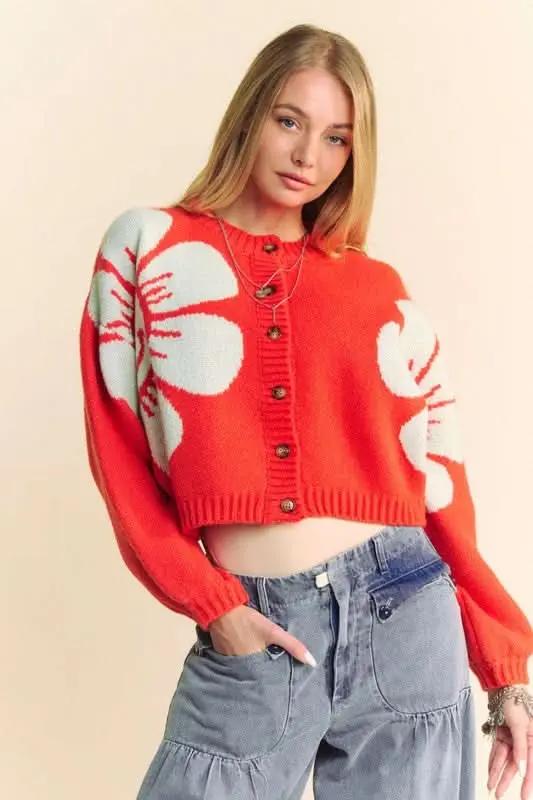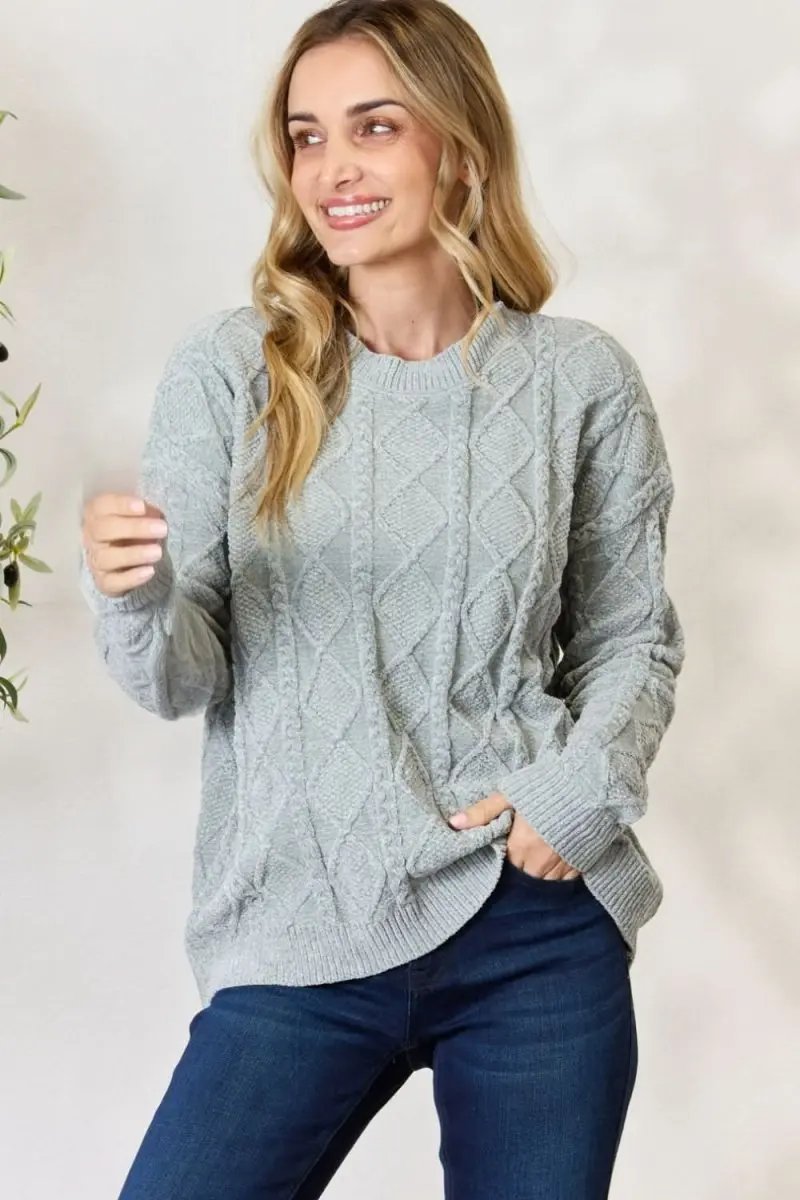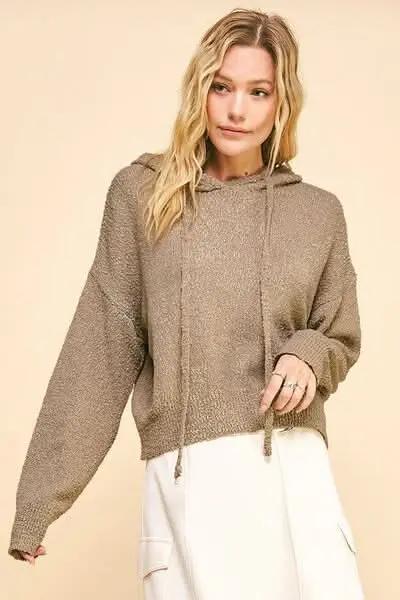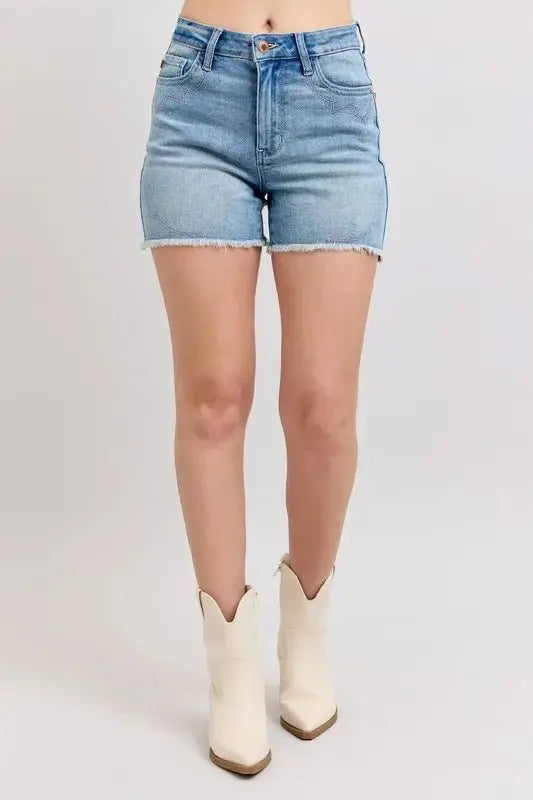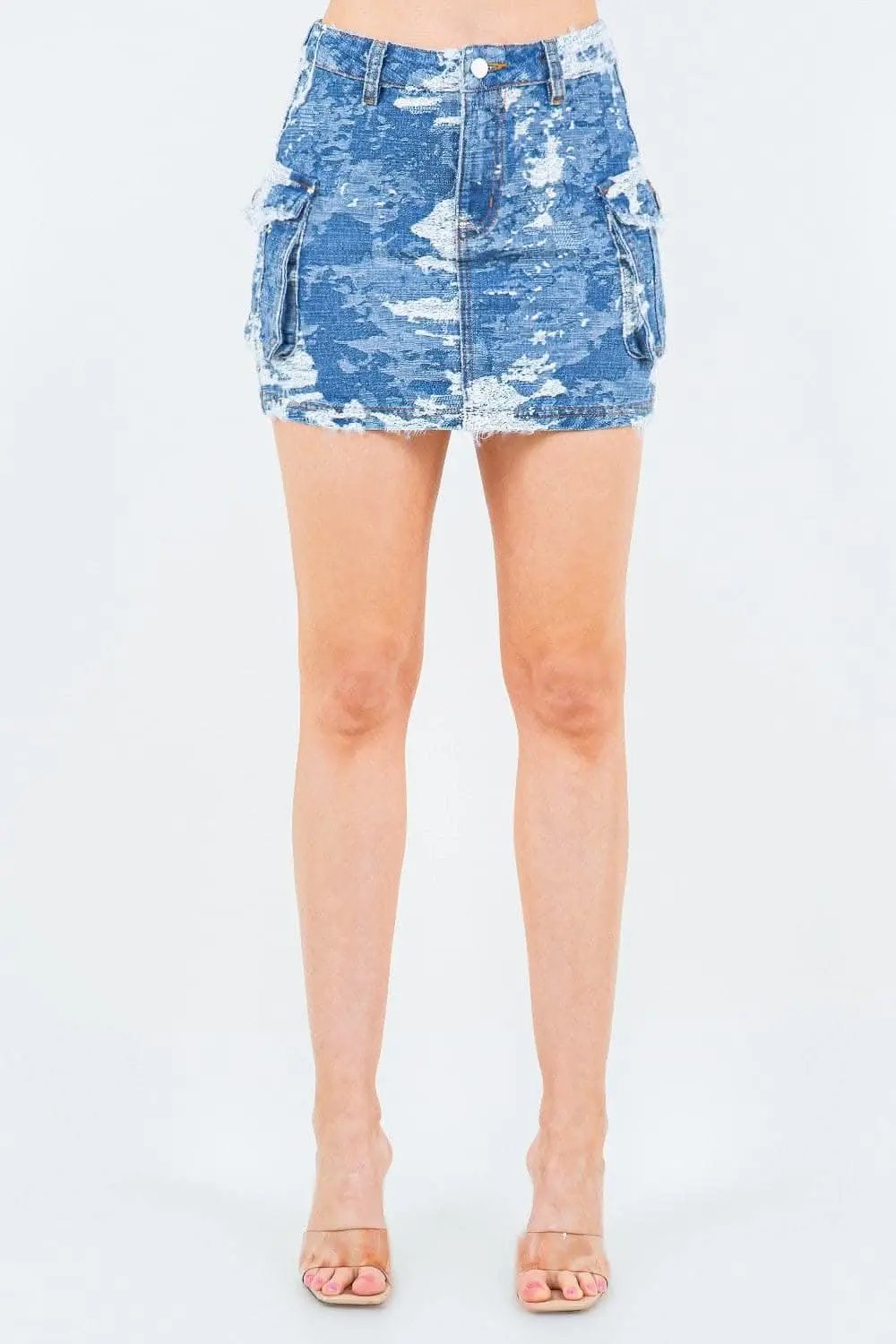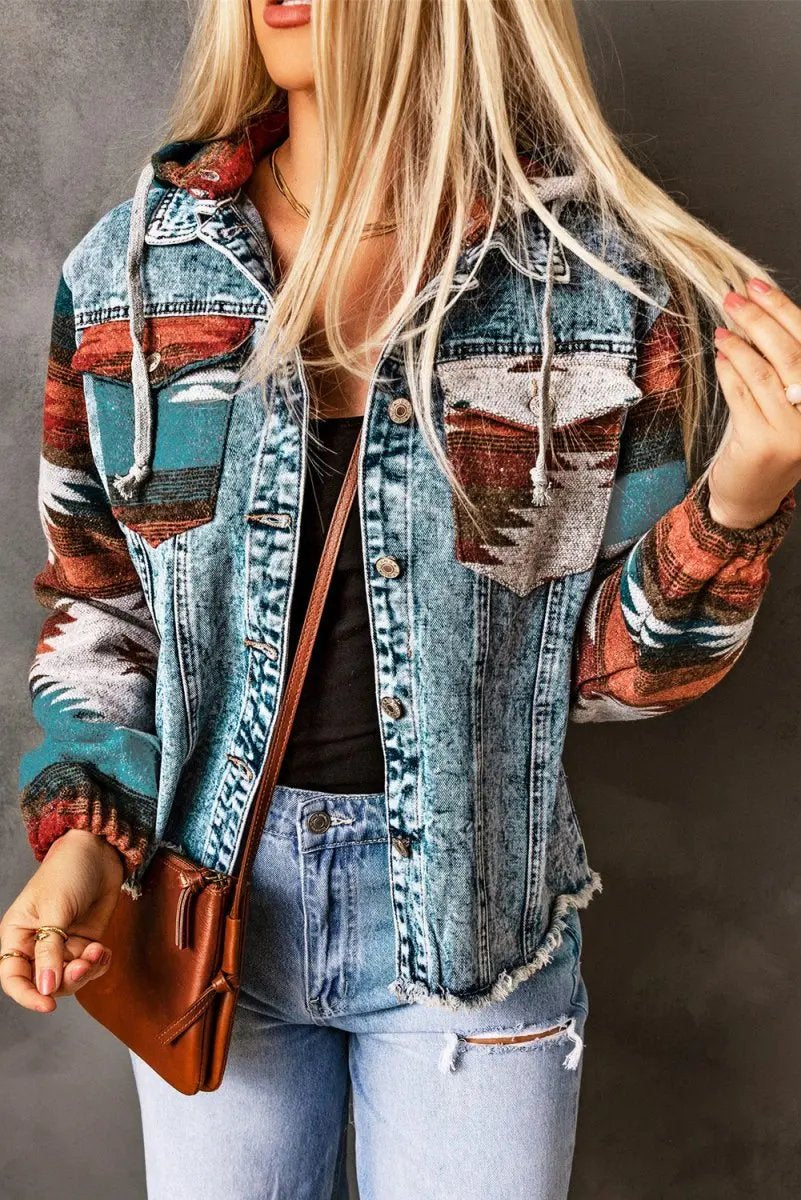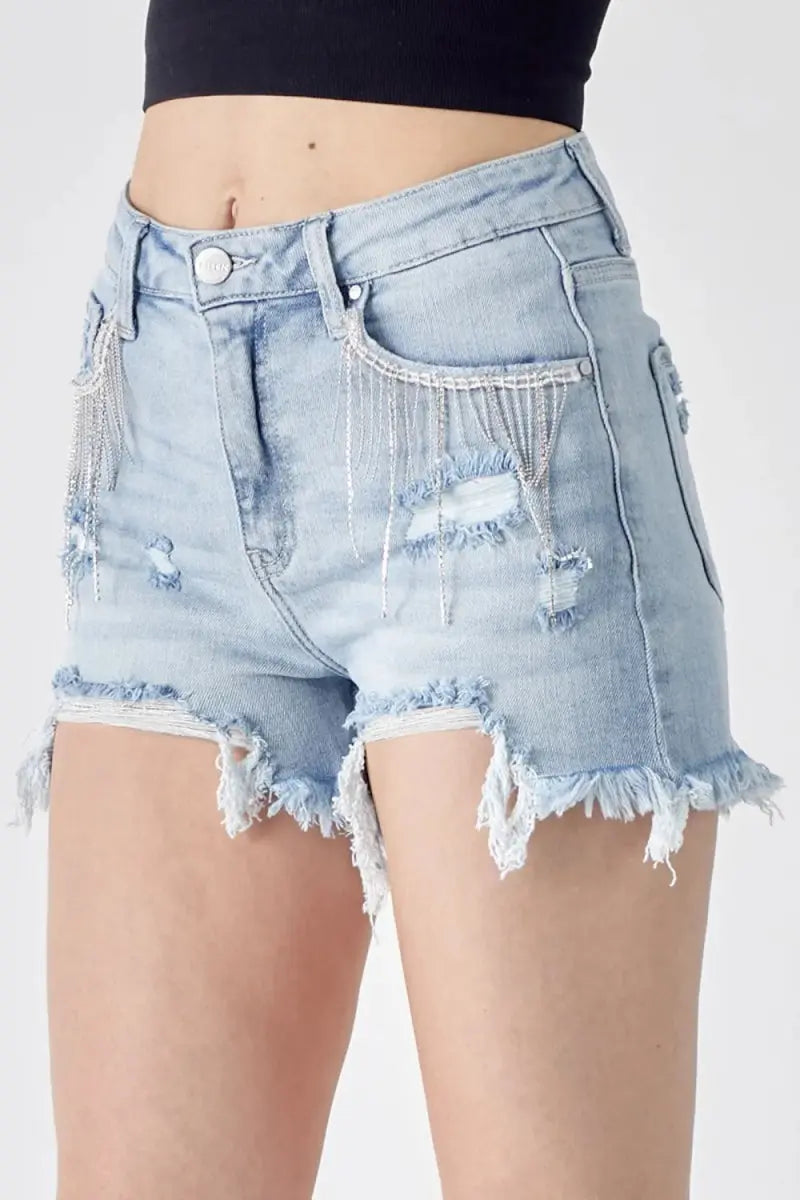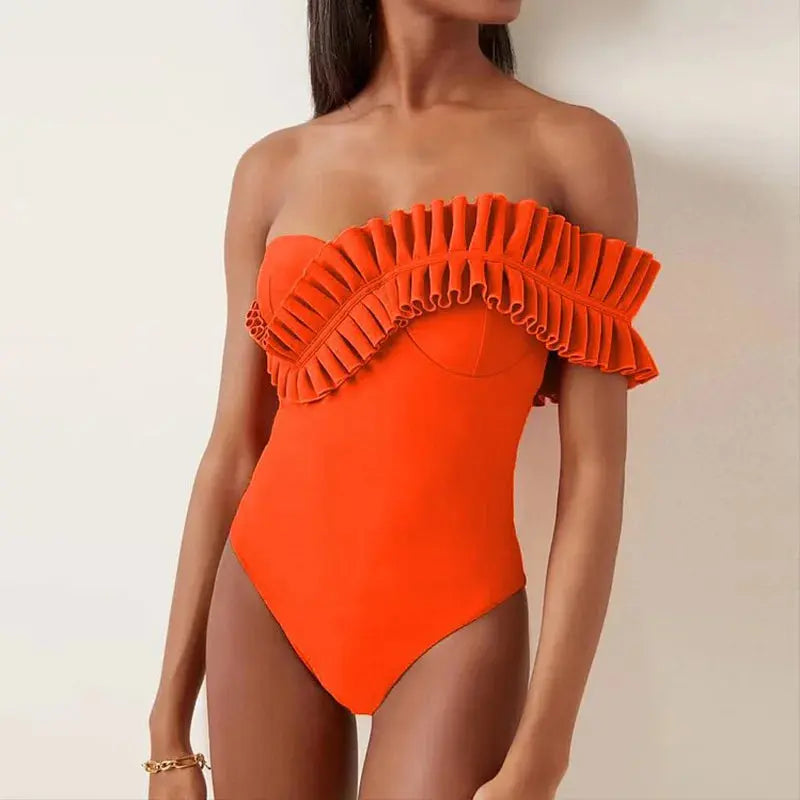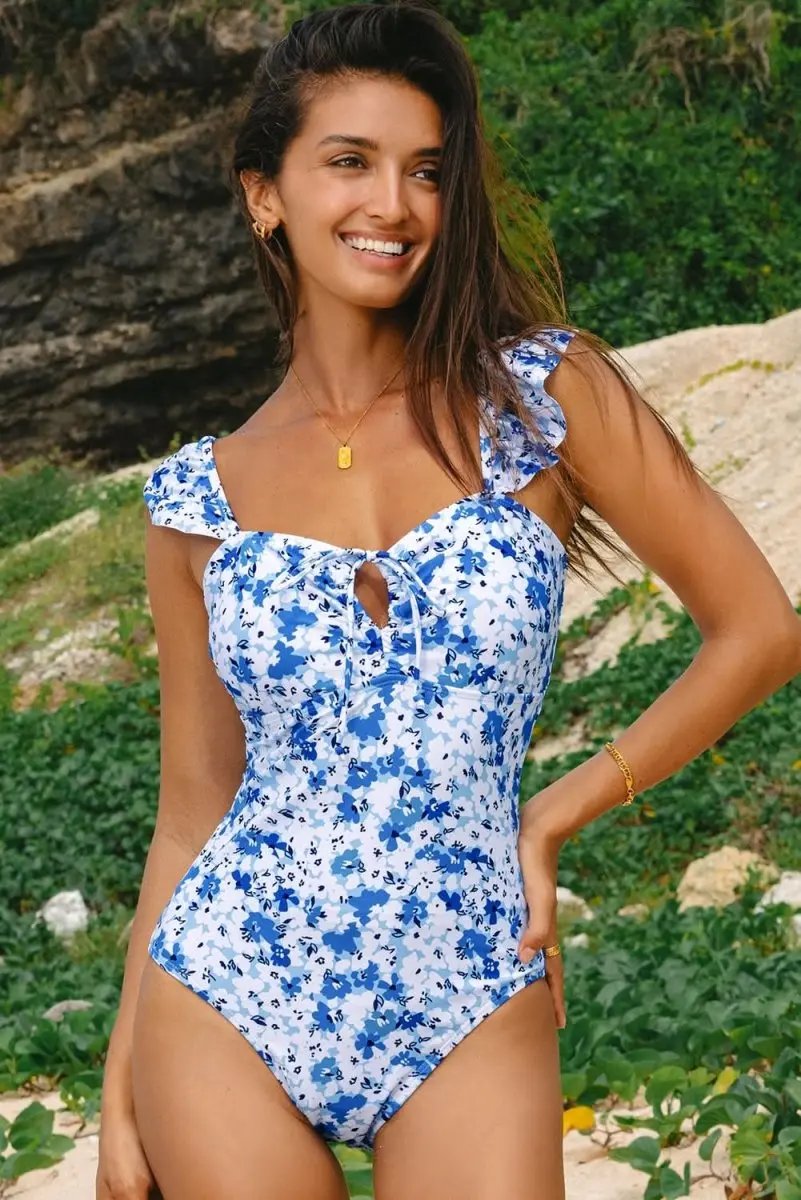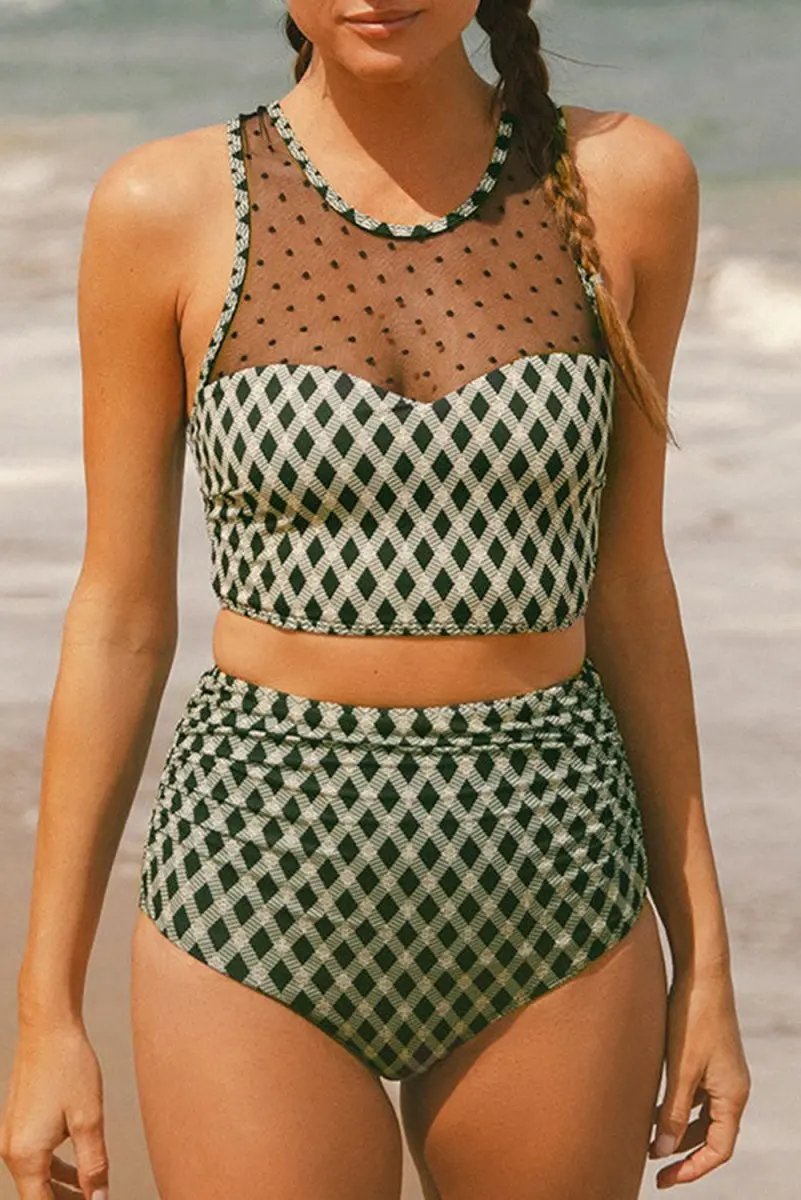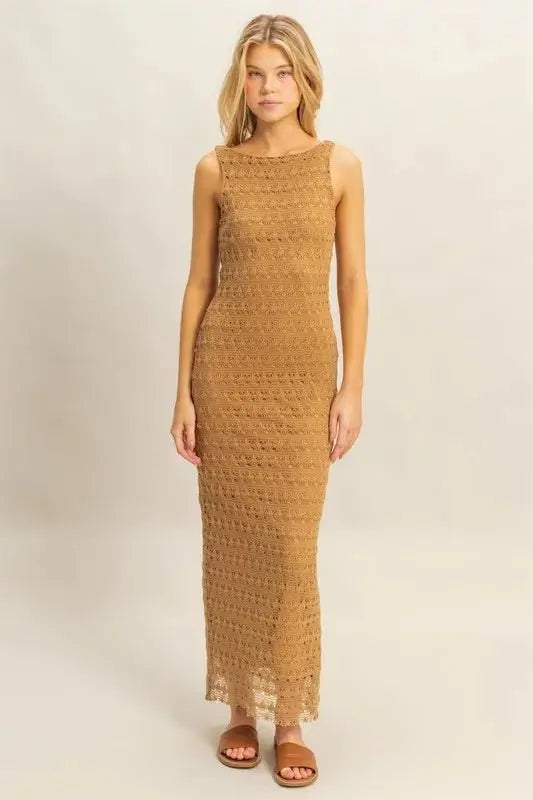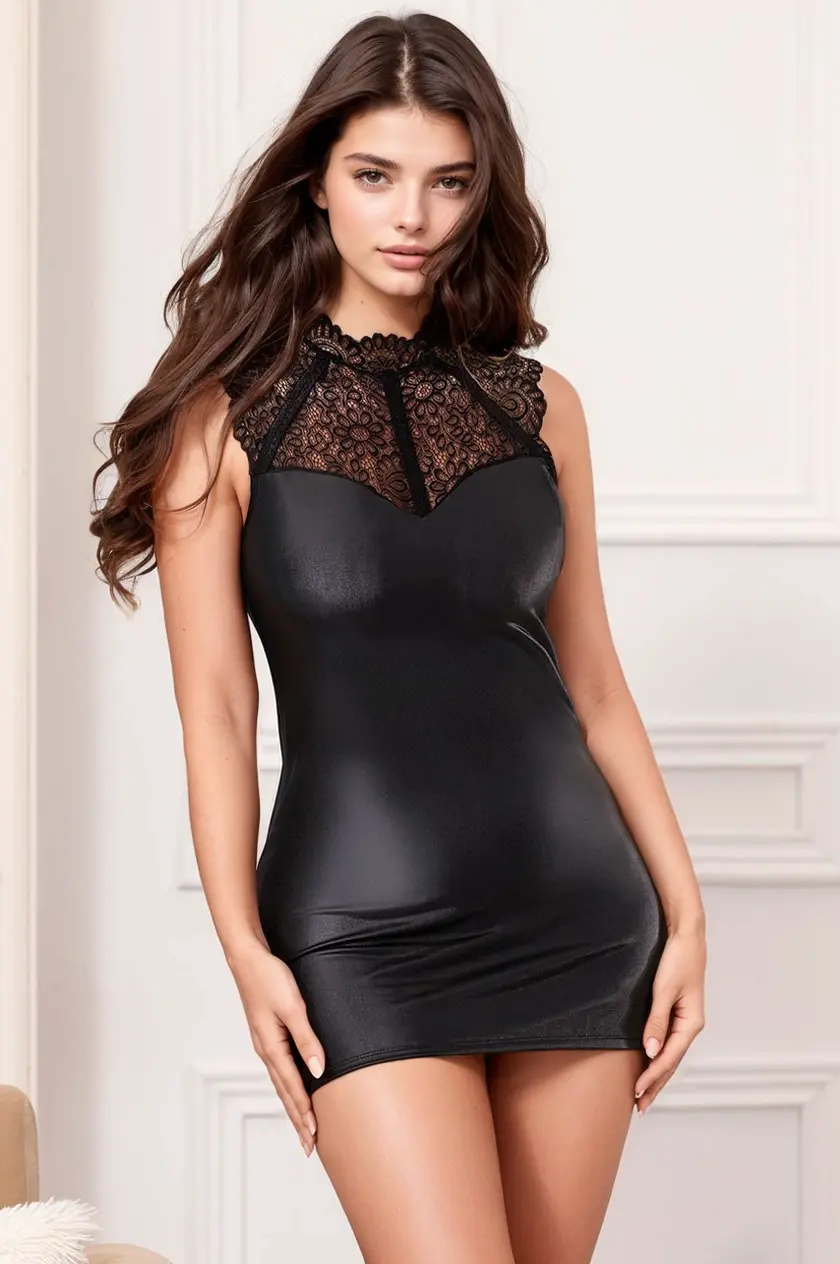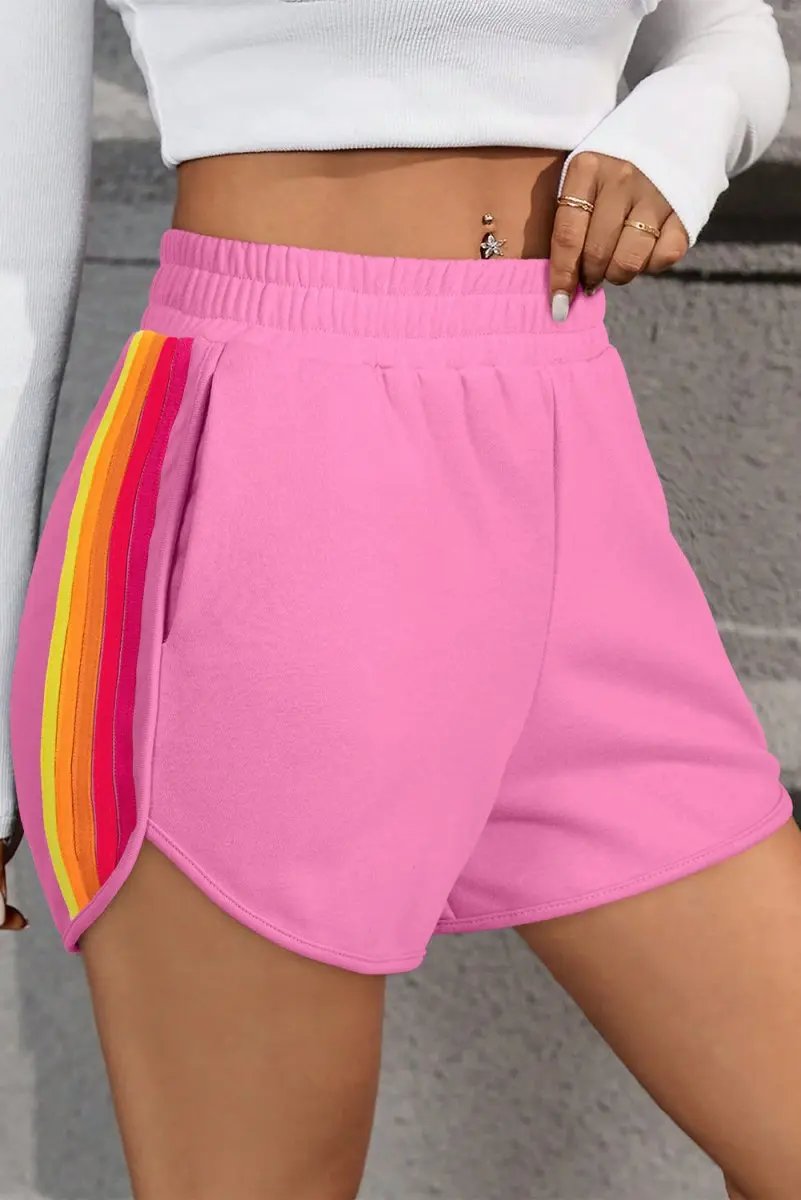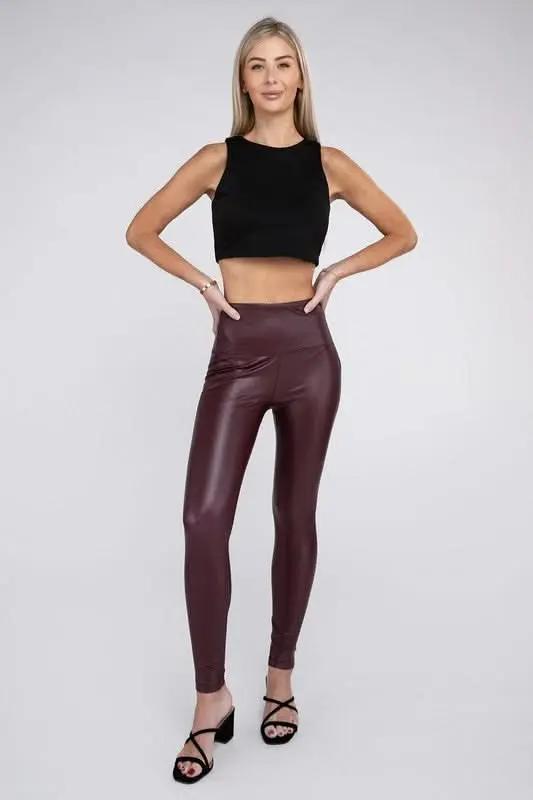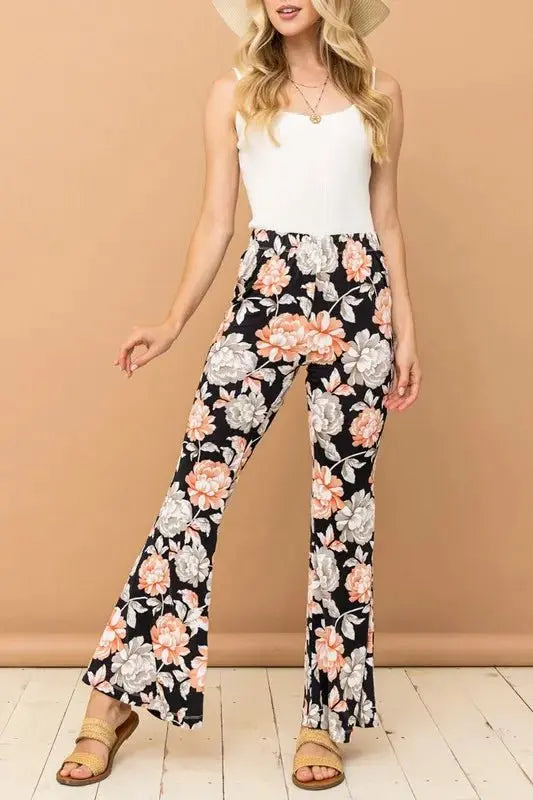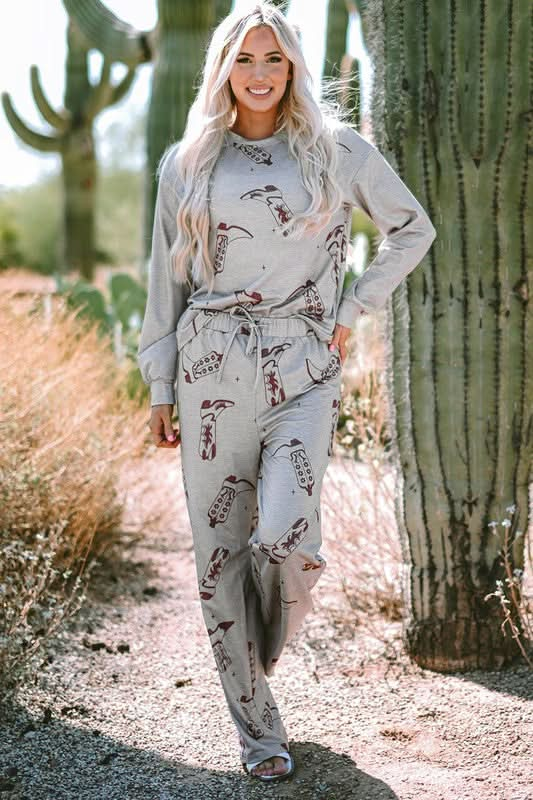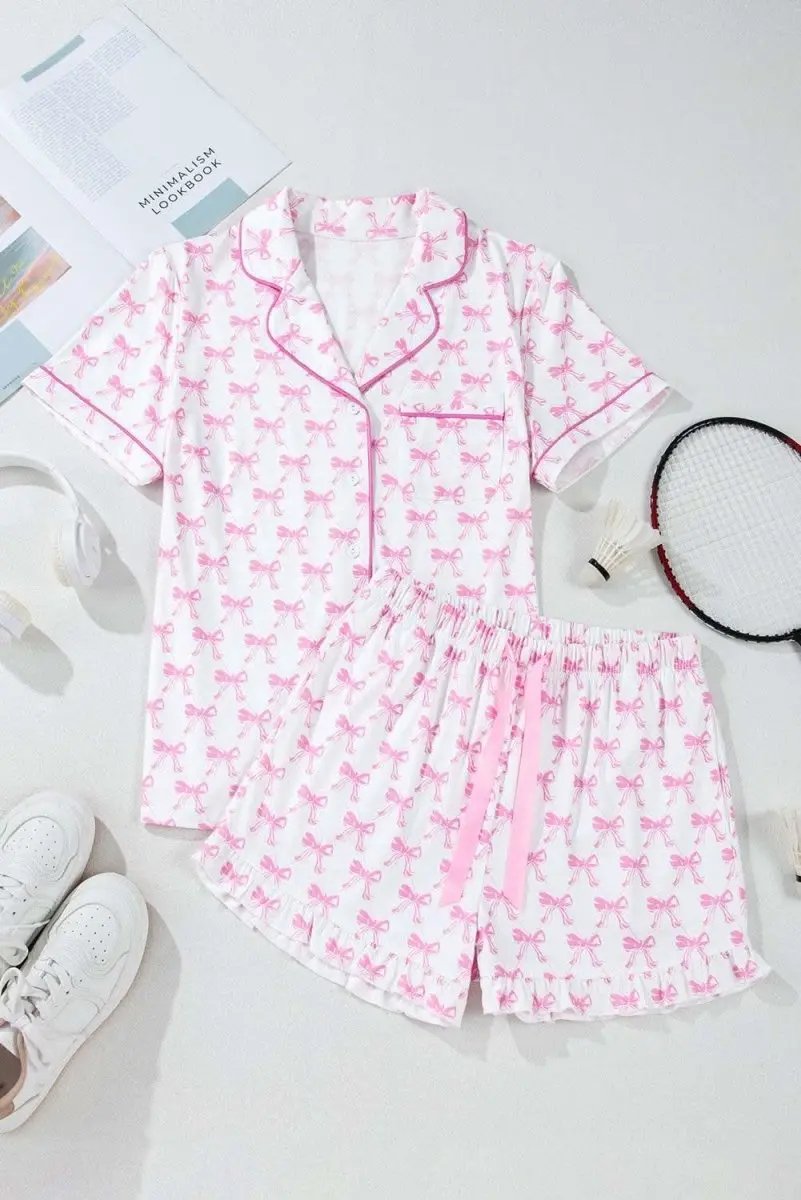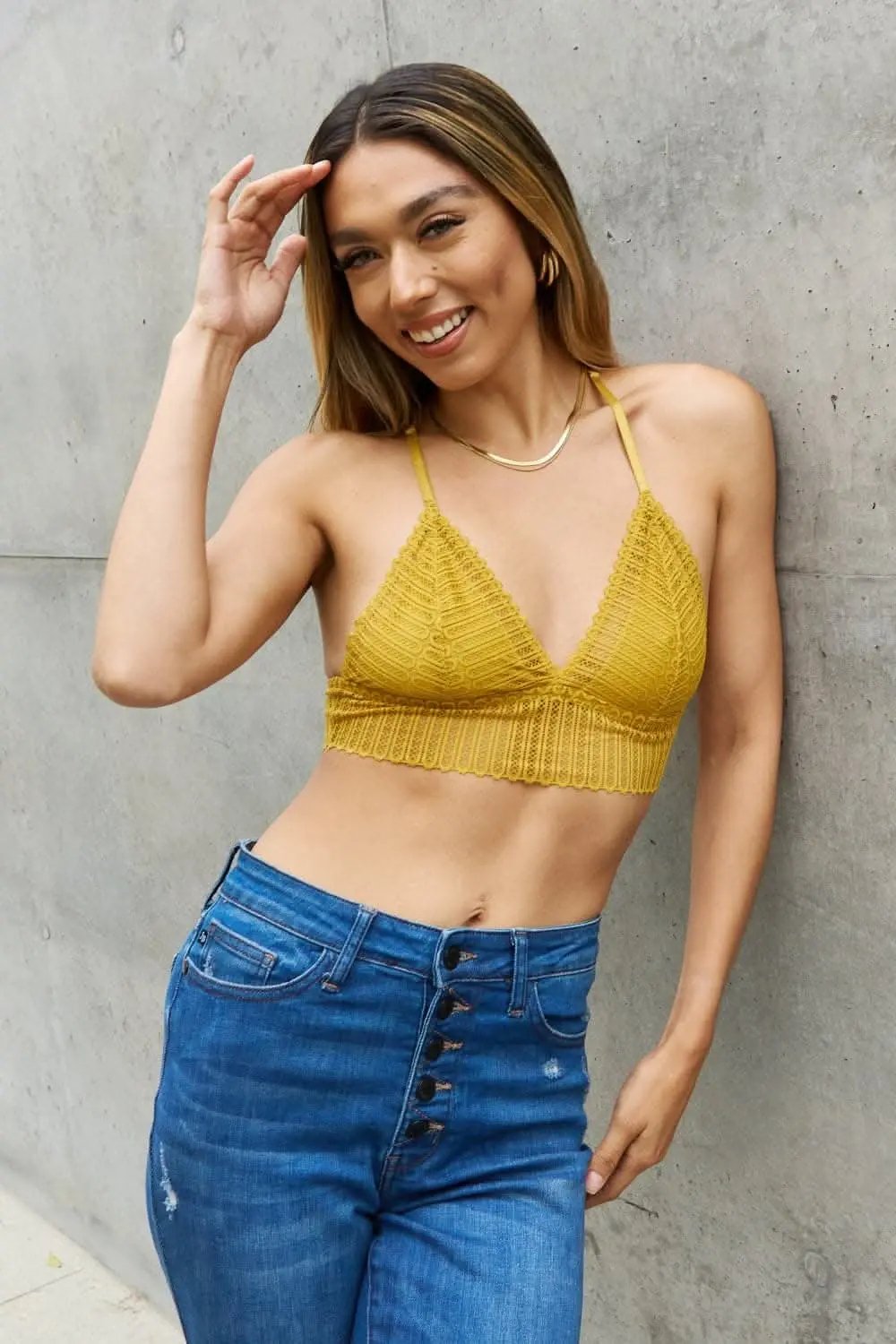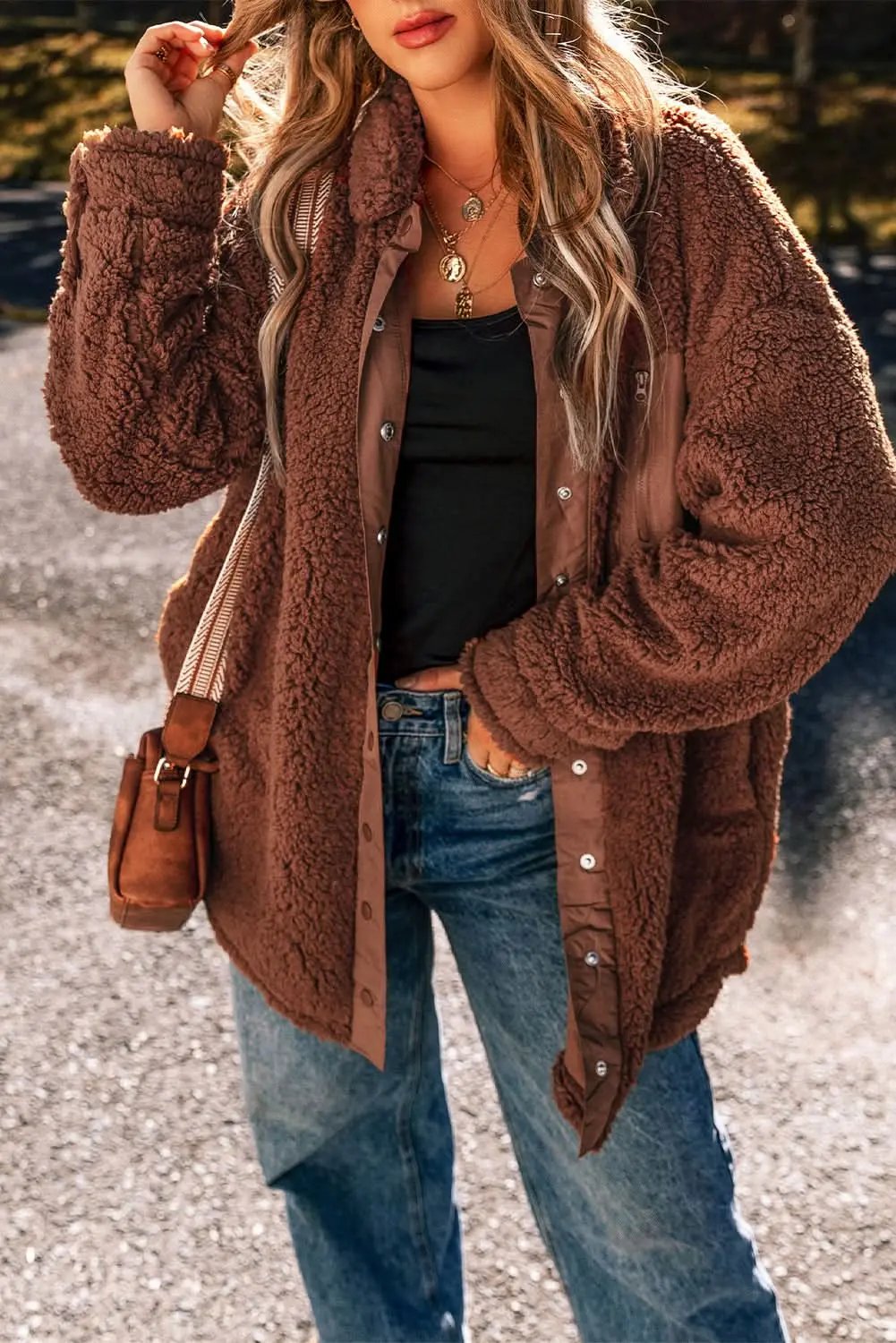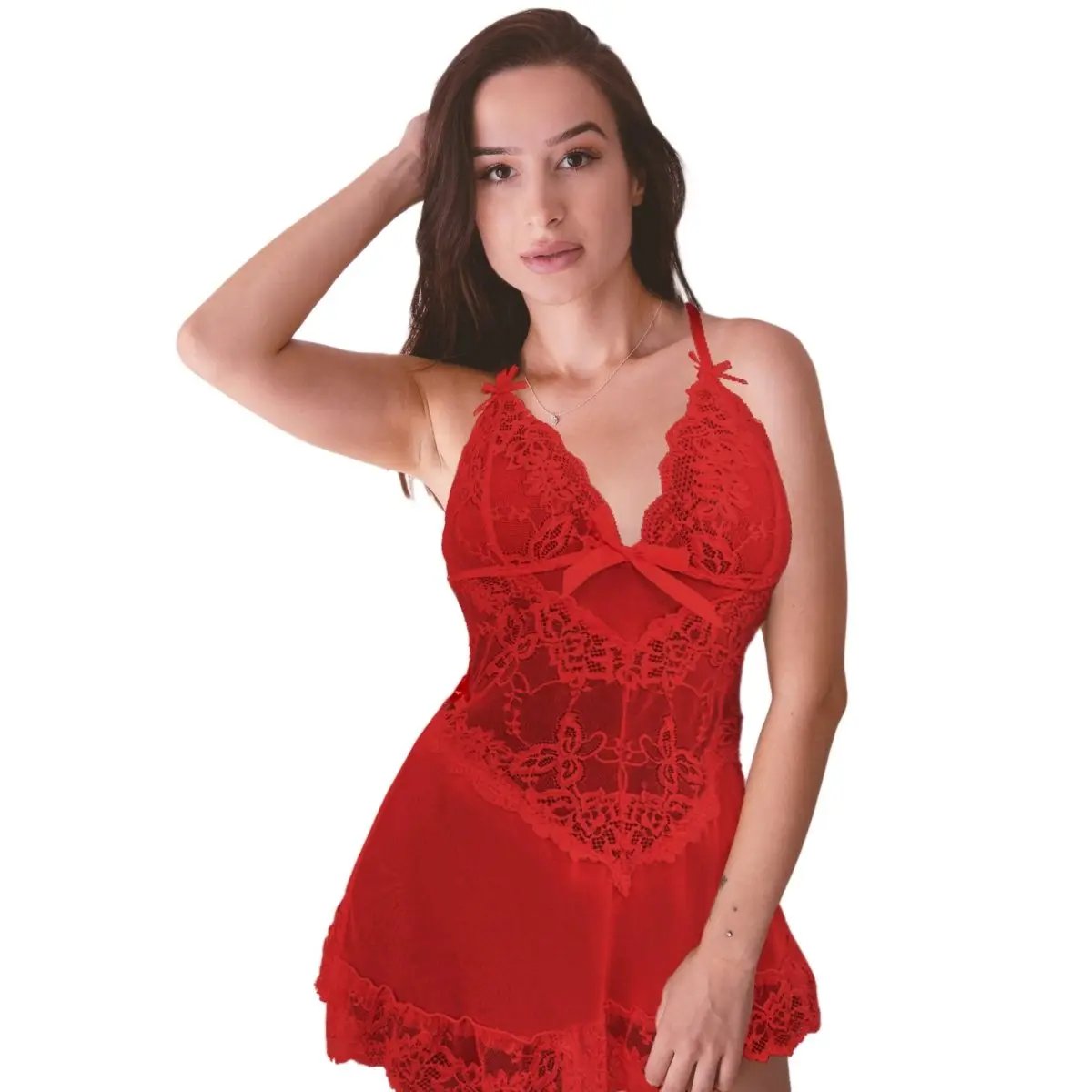Intro: Why a focused 3-hour closet edit changes everything
Decluttering and building a wardrobe that fits your body, lifestyle, and values doesn't need to take weeks. With a structured 3-hour closet edit you can create a sustainable, joyful, plus-size capsule wardrobe inspired by the Flying Tomato aesthetic: bold, tomato-red accents paired with comfortable, well-fitting basics. This longer guide expands on strategy, tools, fabrics, tailoring, shopping sources, outfit planning, and maintenance so you walk away with a complete system you can reuse every season.
What you will get from this guide
- A repeatable hour-by-hour method to edit fast and effectively
- Detailed measurement and fit guidance tailored to plus-size bodies
- Fabric and care recommendations to extend garment life
- Practical tailoring tips, estimated costs, and when to say yes to alterations
- Multiple capsule variations for different climates, lifestyles, and budgets
- A 30-day outfit plan you can follow or adapt
- Sustainability metrics and shopping resources for secondhand and ethical finds
SEO-friendly reasons this article is helpful
- Keyword-rich but natural phrasing for plus-size capsule wardrobe searches
- Actionable lists, step-by-step timing, and measurable checklists that readers bookmark and share
- Long-form content that captures both short queries (how to edit closet) and longer intent (sustainable plus-size capsule wardrobe)
Complete prep checklist before you start
- Timer or phone with alarms for each block: 45 minutes, 60 minutes, 60 minutes, plus 15 minutes review
- Full-length mirror and a small set of pins/clothespins to indicate decisions
- Chair, bed, or floor space to sort clothes into piles
- Notebook or notes app for measurements, alteration needs, and shopping gaps
- Bags or boxes labeled donate, sell, recycle, repair, and keep
- Optional: camera or phone for outfit photos and a light steamer for quick de-wrinkling
Timing breakdown: how to use your three hours
- 45 minutes: Category purge and quick yes/no decisions
- 60 minutes: Try-ons, fit evaluation, and outfit pairing
- 60 minutes: Organize kept items, photograph outfits, make a tailored shopping and repair plan
- 15 minutes: Final review and sealing donation bags
Step 1: The category purge, explained
Work through one category at a time to keep momentum. Categories can be tops, bottoms, dresses, outerwear, shoes, accessories. Pull everything out of that category so you can compare items side by side.
- Three-question rule for each item:
- Have I worn it in the past 12 months?
- Does it fit me comfortably now without heavy tweaks?
- Can it pair with at least two other items in my closet?
- If you answer no to two or more, move it to donate/sell/recycle
- Flag items for repair, tailoring, or sentimental storage if they meet one of these categories
Step 2: Try-on, fit checks, and real decisions
Trying clothes on is non-negotiable. Lighting and a mirror matter. Wear a simple base layer so you can assess fit clearly.
- Fit priority list:
- Shoulder fit on tops, jackets, and blazers
- Bust fit — allow enough movement for comfort and breathability
- Torso length — especially important for dresses, tunics, and jumpsuits
- Waist and hip fit on skirts and trousers; ensure ease of movement
- When unsure, take a quick photo from front, side, and back; viewing a photo often gives better perspective than a mirror
- For items you keep but want altered, note specific changes like hem length, waist taken in, or shoulder pads removed
Recording measurements the right way
Knowing your measurements prevents wasted returns and speeds shopping. Use a soft tape measure and a friend if possible.
- Bust: measure across the fullest part while wearing a non-padded bra; tape should be level and parallel to the floor
- Underbust: measure directly under the bust
- Waist: measure at the natural waist — the narrowest part — or where you prefer your garments to sit
- High hip: measure about 8 to 9 inches below the waist, across the top of the hip bones
- Full hip: measure at the fullest part of the hips and seat
- Torso length: for dresses and jumpsuits, measure from the top of the shoulder down through the crotch and back to the shoulder if buying jumpsuits
Understanding plus-size fit challenges and solutions
Plus-size fitting often requires different approaches because of proportion and drape. Learn a few simple tailoring fixes that make big differences.
- Shoulder width: if shoulders are too wide, look for drop shoulder styles or have seams adjusted. If too tight, a seam let-out or selecting garments with stretch can help.
- Bust gaping: many blouses and shirts gap at the bust. Solutions include adding an extra button, choosing wrap styles, or wearing a cami underneath to smooth lines.
- Tummy fit: high-rise trousers or stable waistbands give support; empire and A-line silhouettes can be more comfortable.
- Torso length: petite torso plus-size shoppers should prefer shorter rise or choose brands that list rise measurements; long-torso shoppers may need longer-length dresses and tops.
Tailoring: what to alter and what to avoid
Small tailoring jobs are often inexpensive and can convert a so-so item into a favorite. Know when to alter and when to let go.
- Worth altering:
- Hems on trousers and skirts
- Taking in side seams or adding darts for better silhouette
- Shortening sleeves or adjusting shoulder seams
- Replacing zippers and reinforcing seams
- Use caution with:
- Massive rework that costs more than the garment value
- Trying to dramatically reduce a size in garments with limited seam allowance
- Estimated costs (varies by region):
- Hemming: 10 to 30 USD
- Taking in a seam: 15 to 40 USD
- Shortening sleeves: 15 to 35 USD
- Complex alterations like re-cutting or adding panels: 50+ USD
Fabric guide for durability and comfort
Choosing the right fabric affects how garments hang, how they move, and how they age. Here are practical pros and cons for common fibers.
- Cotton:
- Pros: breathable, comfortable, mendable
- Cons: can shrink, wrinkles more, not always as durable as blends
- Linen:
- Pros: cool, breathable, gets softer with wear
- Cons: wrinkles easily, may require special care
- Modal and viscose:
- Pros: soft, drapey, comfortable
- Cons: can pill and weaken with repeated washing
- Wool and wool blends:
- Pros: warm, natural stretch, long-lived when cared for
- Cons: requires careful washing or dry cleaning for some items
- Synthetic blends (polyester, nylon, elastane):
- Pros: durable, wrinkle-resistant, retains shape
- Cons: lower breathability, concerns about microplastics when washed
Building the Flying Tomato capsule: core items and variations
The Flying Tomato capsule combines practical neutral foundations with one or two tomato-red or warm-red focal pieces that energize outfits. Here are templates for different needs.
Minimal 20-piece seasonal capsule
- 3 tops in neutrals
- 2 tops in tomato or warm red
- 2 bottoms: dark jeans + tailored trousers
- 2 dresses: wrap and A-line
- 1 blazer
- 1 lightweight jacket
- 2 cardigans/sweaters
- 3 pairs shoes: sneakers, low heel, ankle boot
- 2 accessories: belt and scarf
Expanded 35-piece capsule for variety
- More dress options and an additional printed top
- Two blazers or one blazer and one long coat
- Extra pair of shoes like sandals or loafers depending on season
- Seasonal extras like a swim cover or thermal layer
Outfit formulas to multiply your wardrobe
Use formulas to create looks quickly. Combining neutrals with a red accent creates the Flying Tomato vibe.
- Classic work: dark trousers + neutral blouse + blazer + low heel + red scarf or necklace
- Weekend bright: printed midi dress + denim jacket + white sneakers
- Layered cozy: slip dress + long-sleeve tee under + chunky cardigan + ankle boot
- Evening adapt: wrap dress + statement earrings + low heel
- Travel uniform: comfortable dark jeans + stretch tee + lightweight jacket + sneakers
30-day outfit calendar example
Below is a simple example you can adapt. It demonstrates how a small capsule can produce varied looks.
- Day 1: dark jeans + neutral tee + blazer + sneakers
- Day 2: wrap dress + ankle boots + belt
- Day 3: trousers + red blouse + cardigan + low heel
- Day 4: printed dress + denim jacket + sneakers
- Day 5: neutral tee + skirt + blazer + flats
- Day 6: jeans + layered tee + cardigan + ankle boots
- Day 7: repeat favorite outfit; swap accessories
- Day 8 to Day 30: rotate through similar formulas, intentionally repeating the most worn pieces less frequently to test comfort and identify gaps
Sustainable shopping: where to look and what to prioritize
Secondhand and thoughtful purchases reduce environmental impact and expand style possibilities for plus-size wearers.
- Local thrift stores and consignment shops: great for unique Flying Tomato prints and vintage finds
- Online resale platforms: Poshmark, Depop, ThredUp, eBay; filter by size and brand and request measurements
- Plus-size friendly ethical brands: prioritize brands that publish size ranges and transparent materials
- Clothing swaps and community exchanges: low-cost and social way to refresh a capsule
- Repair-first mindset: consider whether a minor fix turns a donation into a keeper
Smart online shopping tips for plus-size fits
- Always check detailed measurements rather than relying solely on size labels
- Read reviews from buyers with similar body shapes when available
- Search for style names and images to see how garments drape on different bodies
- Keep a running wish list and compare cost per wear before buying
- Check return policies and shipping costs before committing to purchase
Cost-per-wear and sustainability math
Cost-per-wear helps you evaluate whether buying a more expensive item makes sense environmentally and financially.
- Formula: purchase price divided by expected wears
- Example: 100 USD coat expected to be worn 100 times = 1 USD per wear. A 30 USD fast-fashion coat worn 10 times = 3 USD per wear; the more expensive coat is better value and usually more sustainable
- Consider repair costs and lifespan in estimates
Care and maintenance schedule
- Weekly: air out clothes after wear, spot clean stains immediately, rotate shoes
- Monthly: check seams, buttons, and zipper function; steam items to refresh
- Seasonal: deep clean, repair, and reassess each season; swap items to storage if not in use
- Yearly: perform a mini-edit to remove any items not worn in the past year
Common mistakes and how to avoid them
- Mistake: keeping items out of guilt or because you paid a lot. Fix: if you don't wear it, money spent is sunk; donate or sell to recoup value.
- Mistake: ignoring tailoring. Fix: minor alterations can change fit and increase wearability.
- Mistake: buying many statement pieces without neutral foundations. Fix: ensure 60 to 70 percent of your capsule is neutral basics that anchor outfits.
- Mistake: neglecting shoe comfort. Fix: prioritize at least one pair of shoes you can walk in for 30 minutes without discomfort.
Plus-size brand and resource ideas
Use a mix of direct-to-consumer plus-size brands, mainstream inclusively sized lines, and resale. Below are categories of resources to explore rather than an exhaustive list.
- Inclusive mainstream retailers offering extended sizes and detailed measurements
- Independent plus-size designers that emphasize tailoring and fit
- Resale platforms focused on curated pre-owned fashion
- Local seamstresses and alteration shops with experience working on plus-size garments
Repair kit essentials
- Needle and thread in neutral colors and red for Flying Tomato accents
- Spare buttons, small scissors, safety pins, fabric glue
- Iron or steamer and a basic sewing kit for simple mends
How to measure your capsule success
- Track number of wears per item over 30, 60, and 90 days
- Note cost-per-wear improvements as you buy fewer, better items
- Record how many outfits you can create in 10 minutes or less
- Assess satisfaction: do you feel more confident and less stressed when choosing clothes?
FAQs
- Q: How strict should I be about the 20 to 35 item range?
- A: Use it as a guideline. Your perfect number depends on lifestyle, climate, and how often you want to do laundry.
- Q: What if I hate wearing red or tomato shades?
- A: Replace the tomato accent with any color that sparks joy. The capsule method works with any accent hue.
- Q: Can a capsule include seasonal specialty items like maternity or occasionwear?
- A: Keep special categories minimal and rotate them in only when needed to avoid clutter.
Printable shopping and edit checklist
- Essentials to measure and record: bust, underbust, waist, high hip, full hip, torso length
- Buy list: neutral blazer, dark jeans, one tomato accent, comfortable shoe, belt
- Alteration list: hems, waist tweaks, sleeve length
- Care items: steamer, repair kit, shoe insoles
Sample seasonal swap plan
Plan to repeat the 3-hour edit at the season change with a lighter 60 to 90 minute maintenance edit mid-season.
- Spring swap: exchange heavy knits for lightweight cardigans and add brighter accents
- Summer swap: store heavy coat and boots, rotate in sandals and breathable dresses
- Fall swap: test layering combinations, bring in transitional jackets and closed shoes
- Winter swap: add thermals, heavier coats, and wool skirts or trousers
How to document your capsule progress for accountability
- Take before and after photos of your closet and top outfit combinations
- Keep a daily outfit photo for 30 days to see true wear patterns
- Share in community groups or with a friend for encouragement and secondhand swaps
Conclusion: Make this your seasonal ritual
This extended guide turns a 3-hour closet edit into a sustainable habit. With quick purges, targeted tailoring, mindful shopping, and simple maintenance, you can build a plus-size Flying Tomato capsule that feels joyful and practical. Repeat the edit every season, document your wear, and enjoy the clarity and confidence of a wardrobe that serves you.
Call to action
Ready to dive in? Block three hours on your calendar this weekend, use the hour-by-hour plan, and try the 30-day outfit challenge. If you want, save this guide and return to the measurement, tailoring, and shopping sections as you refine your capsule. Share your before-and-after pictures or your 30-day outfit highlights to inspire others building joyful, sustainable wardrobes.
